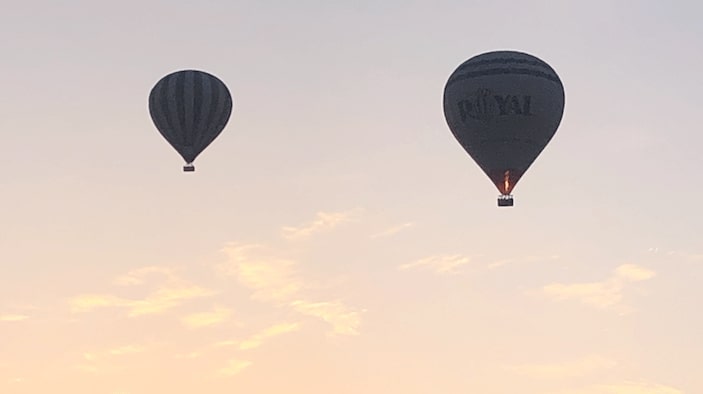Oman, with its strategic position between the vast deserts of the Arabian Peninsula and the azure depths of the Arabian Sea, has long been a nexus of trade and cultural exchange. This land, bathed in the glow of a rich history, has witnessed countless traders, explorers, and civilizations that sought its treasures and access to far-reaching trade networks. Oman’s ports brimmed with spices, its deserts whispered of frankincense, and its people held the keys to the most coveted trade routes of antiquity. For the modern traveler keen on tracing the footsteps of ancient merchants, Oman unfolds like a historic map, with tales of commerce echoing in every corner. Elevating this journey of discovery, “Royal Balloon Oman” offers an unparalleled aerial view, letting the contours of trade history reveal themselves from the heavens.
The Ancient Port of Sohar: A Maritime Epicenter
Often referred to as the “Pearl of the Gulf,” Sohar was more than just a port; it was the heart of Oman’s maritime prowess. As the main trading link between the East and the West, it was renowned for its shipbuilding and navigation. Ships built in Sohar were known for their durability and design, making them sought-after vessels for transporting goods. The waters around Sohar teemed with ships carrying spices from India, silk from China, and minerals from Persia. Walking through the remnants of Sohar now, it’s easy to envision the vibrant port it once was: merchants haggling, ships being loaded, and tales of distant lands being shared among sailors.
Frankincense Route: Dhofar’s Aromatic Legacy
Dhofar, with its lush landscapes contrasting the typical desert scenes of Oman, has been synonymous with the fragrant resin of frankincense for millennia. The ancient Frankincense Route was not merely a trade path; it was a conduit for cultural, religious, and technological exchanges. The trees of Dhofar, which produced the highest quality of frankincense, became the focal point of this lucrative trade. Cities flourished along this route, with magnificent caravanserais and markets springing up to serve the endless caravans. Visiting Dhofar today, one can explore the ancient ruins of Al-Baleed and Samhuram, both testament to the opulence and importance of the frankincense trade. Moreover, the fragrance still wafts through local souks, a constant reminder of Dhofar’s aromatic past.
The intricate web of Oman’s trade history, filled with tales of seafaring legends and desert caravans, beckons travelers to delve deep and explore. As ancient paths intertwine with modern roads, the narrative of a nation built on trade and exploration comes to life, creating a tapestry rich in color and legacy.


